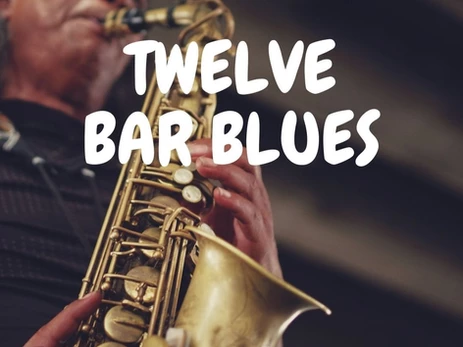Uncategorized
12 bar blues chords piano
Twelve bar Blues Piano
Let’s go through 12 bar blues!
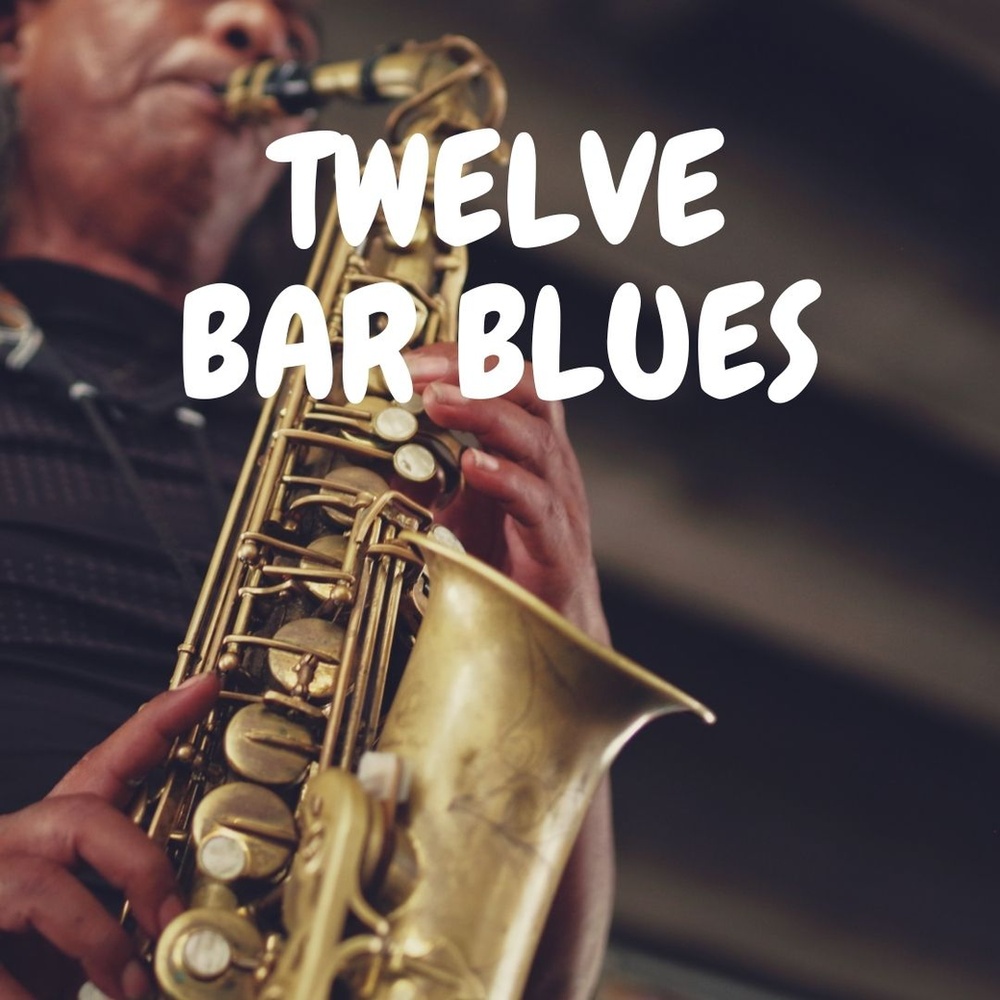
easy blues piano / blues piano chords
The twelve bar blues is the term referred to a typical chord progression from the musical genres blues and jazz. Sometimes a jazz musician might encounter other elements that embellish this style, like rhythm changes.
The blues is a style in which the lyrics speak with soul. The theme is to find a family;
this concept has to do with slavery and a pledge to be free. It originates in the African diaspora, as the African people were taken from their home and dispersed around the world, specifically in the States. From this historical event, the 12 bar blues genre was born.
The mixture of the African style and other countries into the USA opened the path to
this new style of music.
12 Bar Blues – HISTORY
The Twelve bar blues has a very complex and exotic history as it originates in the African Diaspora era when the African tribes were devastated by the white colonizers. They expanded their culture throughout the United States during Slavery.
This genre aims to tell a story through music. Most of the time, the topics of the stories are crude and nostalgic.
Within the African Music and the blues origin, the “Griots” complete the circle of their music. Griots are great musicians that transmit their knowledge and teach their values to the
community and children.
Through their chants and syncopated rhythmic patterns, the Griots fill the community with complimentary and great messages of peace and sharing. What American culture shares with the African culture are the use of strong beats and the drum. It is the oldest and most original instrument in African culture.
These two traditions have spread around the world due to slavery and the African
diaspora. The central theme in African music is freedom. Most music of Africa talks about freedom, and those songs were later used as a protest and as a cry for freedom.
Also, within their technique, they have a contrapuntal style and a “call and response” method. This technique makes the music lighter, and more active, so other people from the community get their message. From this rich heritage, the Blues developed later in the United States.
STRUCTURE
The Twelve bar blues has its unique components that define this blues piano form. They are:
- Lyrics
- Chord structure
- Variations
1. Lyrics:
The lyrics of the Blues within the 12 bars blues is typically nostalgic. It is a cry for freedom and justice.
The lyrics of the songs that they sing have to do with freedom, liberty, and finding an individual’s own family. It comes from the diaspora (people fleeing from their homes and spreading away). The best example of a song in blues is “Steal Away” by Leon Redbone.
This song talks about freedom and flying away from home, but what is most important is its
style, it does not have many melodic embellishments; it is simple but still vibrant in sound.
It has a relaxed sensation, feeling. It is a spiritual and connects with what was the oration (praying spiritually) in the black music of America.
There is a more dramatic style in these spirituals, some of them are not singing but
dramatically projecting the musician’s voice. This is called “JURÉ“. With this technique, the music reaches more the singers and the community’s soul. In this spiritual, people danced to it too.
The melodies were in short phrases. They spoke in dialect, this means that they did not use their native language, but a mixture between antique civilizations languages mixed with their own.
Usually, a soloist or a small group of leaders will take the main melody. In contrast,
another small choir will make the counterpoint voices. Also, some rhythm is added by using the old African instrument.
The leader will sing the main chorus while the rest will respond in a “call-response” game. With this, there is more intimacy and connection between the members of the community.
2. Chord Structure:
The 12 bar blues chords piano:
As the words “12 bar” blues describes, the structure is based on 12 bars. Within each bar, there is a dominant seventh chord in root position. The structure helps the blues pianists and all musicians to communicate with each other with chord changes and allows them to position where they are in the score when accompanying a solo.
The typical blues chords on piano is a progression that oscillates between three chords based on the tonic (I7), the subdominant (IV7) and the dominant (V7). You’ll see that these are the typical blues chords on the piano.
This results in a structure like the one shown below:
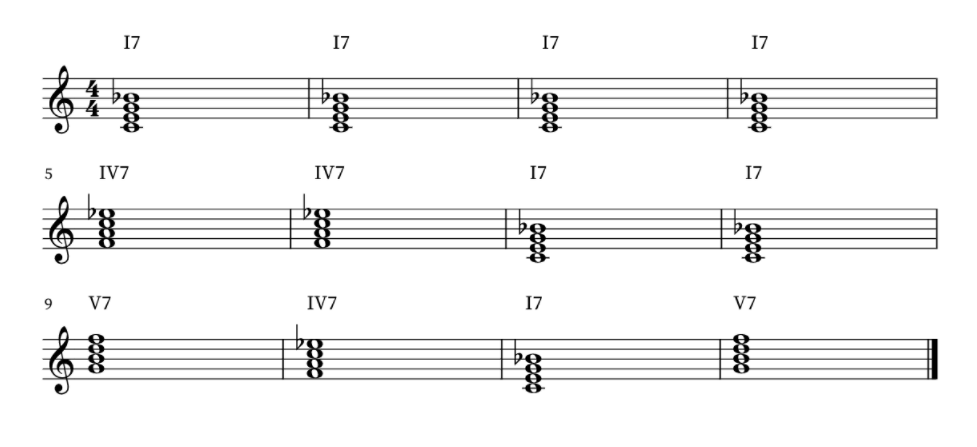
These chords are structured in tetra-chords with the seventh added.
In order for them to sound dominant, they are formed on the root, the major third, the perfect fifth and a minor seventh above the root.
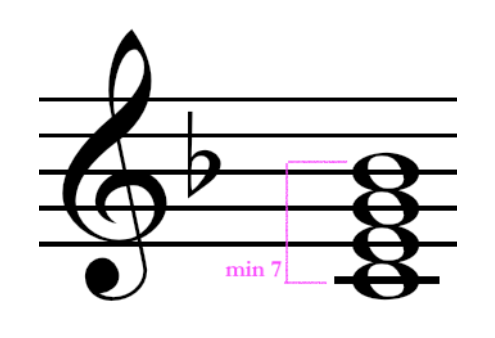
3. Variations:
Within the 12 bar blues piano chords, pianists will find that not all tunes are composed in 12 bars. There are other formats of blues such as the eight-bar blues or sixteen bar blues.
In order to identify a song as a “blues” one must see the dominant sevenths chord pattern that typically would follow this order:
I7 – IV7- V7 and I7
The 12 bar blues pattern may be fused with other musical genres as well to create a more colorful approach to the player’s solos. In general, the pentatonic scales are the “blue scales on piano” and at any other harmonic or melodic instrument too.
Let’s now analyze the different variations we could find in Blues.
- Shuffle Blues
- Quick to four
- Blues Turnaround
- Bebop Blues
- Minor Blues
- Bird Blues
The Shuffle Blues
This piano blues variation makes a slight edit in the chord structure of the original 12 bar blues.
While on the original blues the chord pattern follows I7 – IV7- V7 and I7, the shuffle blues follows this other chord pattern:
I7 – IV7- V7-IV7 and I7
A chord of IV7 is added between the fifth and the final tonic.
The piece is typically accompanied by a shuffle feel rhythm.
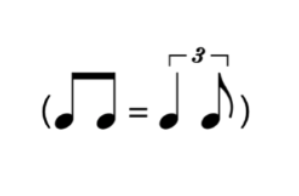
Another exceptional characteristic of this blues variation is that instead of merely playing chords, the accompanists play a set of notes forming a short sequence, also known as “riff“. These short, repeated phrases are played alongside the original twelve-bar blues accompaniment.
Quick To Four
The Quick two-four is a harmonic variation of the original blues. The IV7 chord is placed on the second bar instead of the I7.
This variation is also known as “Quick Change“.
The best part about this variation is that to compose a Quick to Four Blues; the rules are quite flexible. The composers may place their IV7 in any other bar they prefer.
Blues Turnaround
The Blues Turnaround is a method of composing for blues in which the ending section of one passage leads to the beginning of a new sentence. This term is also known as “Segue“.
The most typical movement is the IV7 – V7 – I7 – (V7) turnaround. This is a set of a cadential pattern that ends in V7 instead of I7.
By using the V7 at the end of the phrase, the ear will receive this movement as an unresolved phrase. Therefore the following next phrase that starts on I7 will create that effect of the resolution.
This variation evolved from Ragtime and still occurs in Rock N’ Roll.
Bebop Blues
This variation contains more chord changes. The Chords do not stand still (as opposed as in the original 12 bar blues), and they continue to move.
Look at the table below:

As shown, the table shows the differences in chord progression between the 12 bar blues and the bebop blues.
Bebop Blues varies a lot the chord progression by harmonizing and adding smooth chord progressions. It ‘leads’ the chords forward, the players can create more complex solo phrases and color.
A very well known tune that follows a similar pattern is Charlie Parker’s “Now’s the Time“.
Minor Blues
The minor blues is one of the most expressive and melancholic variations of the 12 bar blues.
This variation follows the same chord pattern and length, 12 bars, but this time all chords are minor 7th instead of dominant 7ths.
By using the I-7 and IV-7, the piece creates a modal effect. This variation serves as a tool to play over short harmonic progressions that are repeated, also known as the “chaconne” in the Baroque era.
A perfect example of a minor blues is the song “Equinox” by John Coltrane”.
Bird Blues
This variation is named after the famous Charlie Parker, whose nickname was “the Bird”.
The chord progression is based on Charlie Parker’s piece “Blues of Alice“.
The progression regularly uses the ii and the V chord, resulting in a sequence of “two-fives” that elongate the harmonic progression of the piece. It leads to having an effect of an extended unfinished piece.
This cycle of ii- V progressions tend to lead to the IV chord.
FINAL THOUGHTS
The 12 bar blues is a very extended topic, and, as discussed above, there are many variations and areas of exploration within this style. Most players find themselves in a cloud of inspiration and endless motivic ideas as they play along with this enclosed chord progression.
For the musicians who pursue a career in Jazz Music and improvisation, or the students interested in blues piano lessons, the first step is to jump into playing a simple solo following a 12 bar blues track. It is the central core for all of the best blues pianists.
In the next articles we will cover blues scales, and blues scales piano, so stay tuned!
Don’t miss “Amazing black composers” and “Boogie Woogie”, both written by Ana Ortiz too!
https://www.piano-composer-teacher-london.co.uk/post/2015/03/07/amazing-black-composers
https://www.piano-composer-teacher-london.co.uk/post/the-boogie-woogie
Author: Ana Ortiz Wienken
#blues #bluestutors #bluesyoutube #cbluesscalepiano #blueschordprogressionpiano #12barbluespiano

